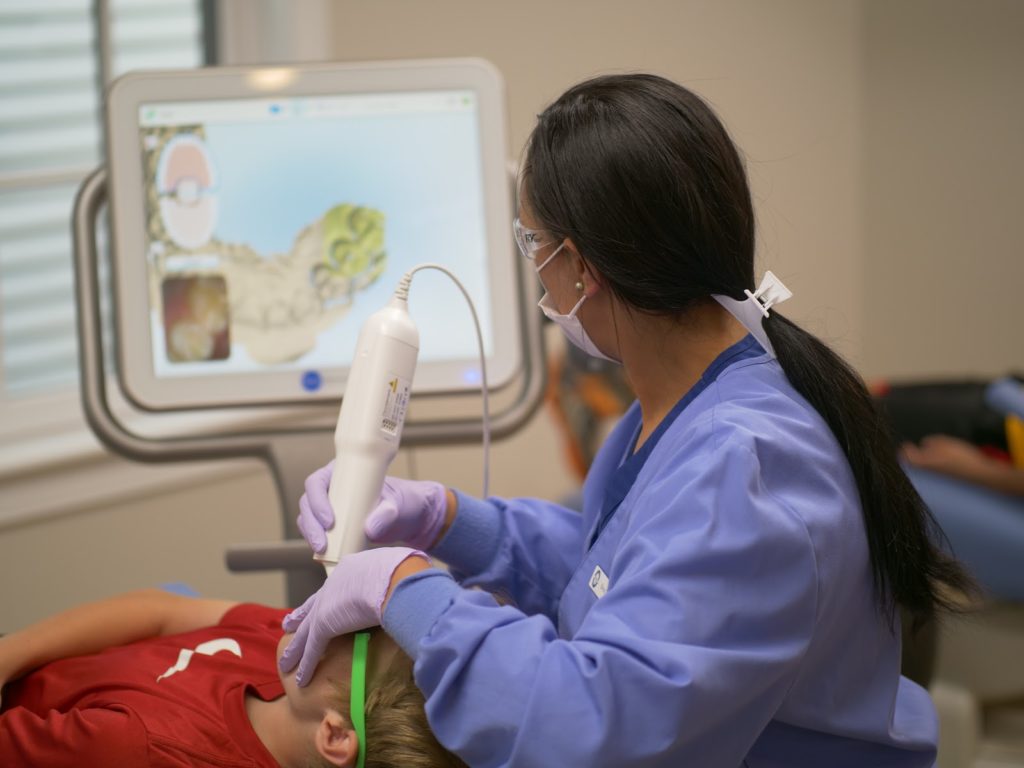Insurance benefits can be difficult to understand even on a basic level, and dental benefits can often feel even more challenging to decipher than medical coverage. Every dental insurance plan is different, and it is important to know what each individual plan does and does not cover. For example, dental insurance does not always mean orthodontic treatment is covered. Furthermore, certain plans may provide different types of coverage for children up to a certain age but not adults.
When considering dental or orthodontic treatment, it is important to be knowledgeable about the ins and outs of your specific insurance plan. At Coppe + Sears, we are invested in keeping our patients up to date and informed of the services and treatment options available to them, which includes knowing what their insurance coverage is likely to include. Special consideration should be given to the following to ensure there is no confusion over what and how much dental coverage is available with any given policy.
Available coverage
Dental plans are often intended to cover dental expenses only partially, so not every dental or orthodontic need may be covered. Because dental insurance is generally designed to encourage preventive treatment, most plans will pay some of the cost for preventive services such as cleanings, x-rays, and regular check-ups. Treatments beyond that may or may not covered.
As mentioned above, age cut-offs may sometimes apply, particularly where treatments like sealants and fluoride application are concerned. Patients should clarify what their particular plan includes before moving forward with any services or treatments. We have years of experience working with insurance companies and are committed to helping our patients receive the maximum coverage. However, we are unable to negotiate coverage rates or obtain payment for specific treatments that are not covered by a patient’s dental plan.

Yearly Maximum versus Lifetime Maximum Benefits
General and pediatric dental coverage will typically have a yearly maximum benefit, which is the most money the plan will pay for dental care within any given benefit period. Once that maximum amount has been reached, the patient will be responsible for any costs incurred during the remainder of the benefit period. Maximum amounts will differ depending on what insurance plan a patient has.
Orthodontic dental coverage is a part of your general dental plan that typically has a lifetime maximum benefit. This means that the insurance company will pay a certain amount toward orthodontic treatment once and only once (it is not a yearly benefit). If a patient obtains a different dental insurance policy later in their life, they may or may not renew the patient’s orthodontic benefit.
If new dental insurance is obtained through an employer, please let us know as soon as possible about this change. All future pediatric dentistry and orthodontic billing will be done through the new policy. If the new policy takes effect during the middle of orthodontic treatment, we will submit a claim to the new provider to see if they will continue paying on the treatment, and at what rate.
Deductibles
A deductible is a total amount a patient must pay before the dental insurance company will start contributing towards treatment. They generally only have to be paid once every plan year, so after the deductible amount has been met, coverage should start immediately for any other dental or orthodontic treatment needed over the course of the rest of the plan year. A deductible usually will not apply to diagnostic and preventive treatment.
Limitations and exclusions
A typical dental plan has some limitations, such as how many cleanings will be covered or how many x-rays can be taken within a year. Exclusions are also important to know as they pertain to your policy. Exclusions refer to any procedures that are not covered under a particular plan. Patients should contact their insurance carrier to find out how any limitations or exclusions may affect their share of the cost of treatment. We can help minimize out-of-pocket expenses for dental care by submitting a pre-treatment estimate. This estimate gives patients some written insight from the insurance company into what the plan will pay, and the difference for which they may be responsible.

Helping our patients navigate dental insurance for quality care
Dental insurance has helped make pediatric dental care and orthodontics more affordable for many families. While we appreciate how confusing coverage rules and policies can be, our treatment recommendations are never based on whether or not a specific procedure or treatment is covered by insurance. Dental and orthodontic treatment with Coppe + Sears is based upon each patient’s unique needs and the professional judgment of our experienced doctors.
As a courtesy to our patients, our staff is happy to complete and send all insurance claims forms. Co-payments and out of pocket expenses will be estimated prior to treatment commencing and represents our best estimate of the difference between the plan’s coverage and our charges for the patient’s dental or orthodontic treatment.
We hope patients will find this information useful. To learn more about specific dental plans and coverage, we invite patients to contact our office and ask to speak with an insurance coordinator. Our team looks forward to providing each patient we treat with high-quality dental and orthodontic care, the latest in technology and treatments, and help with maximizing their insurance coverage.
